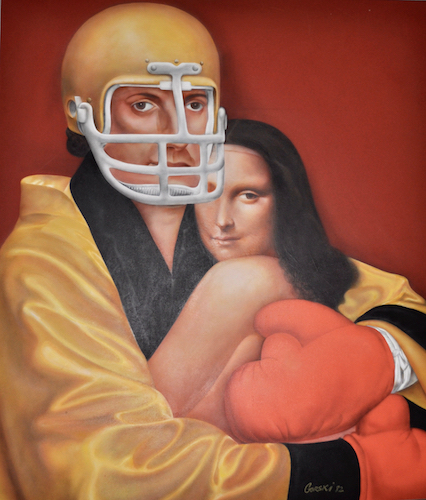The Weekend Workshop
The emotional education program begins by viewing art exhibits to identify the unconscious as a scientific energy transformation mechanism as consisting of a syndrome and four types of relational modalities. We apply science in these two segments and examine the process as the unit order integrating psychology’s four disciplines: epistemology, diagnoses, assessment and morality.
Day Schedule
Mornings: Introducing the Conflict Resolution Process reviewing two observations that led to the discovery of the creative process as a scientific phenomenon. Demonstration of the creative process through guided tour of the ten segment of the sculptural trail in the history of love. Visiting the Sanctuary of the Wizard and Wisdom and learning about psychology as the science of conflict resolution reviewing the 12 panels of the Wizard of Oz story and the 12 murals of the Metaphoria exhibit.
Afternoons: Guided tour of the Gorski Retrospective and review of the concepts of the Moral Monopoly identifying the progression of religions as discoveries of the relational modalities using the structure of the game of cards reflecting the universal pattern and its four types of resolutions.
Gorski Retrospective Levis sculptural trail the brief assessment IDENTIFYING ONE'S personality
Fill out the form below to receive more information

